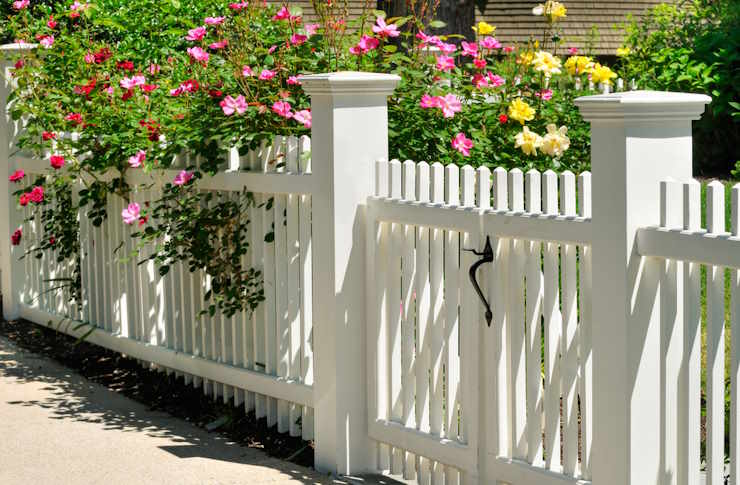Fencing Solutions for 2025: Trends and Insights
Garden fencing continues to evolve with changing residential needs and architectural preferences. As homeowners seek to balance aesthetics, functionality, and sustainability, new materials and design approaches are emerging in the fencing industry. This overview examines current garden fencing options, price considerations, and practical solutions for various budgets.

Creative and Modern Metal Fencing Options
Metal fencing has undergone significant transformation, offering versatile designs beyond traditional wrought iron. Contemporary aluminum fencing provides rust-resistant durability with sleek, minimalist profiles. Decorative steel panels featuring laser-cut patterns and powder-coated finishes combine security with artistic expression. Innovative metal-wood hybrid designs incorporate natural elements while maintaining structural integrity.
Understanding Garden Fence Price Categories
Garden fencing costs vary significantly based on materials, design complexity, and installation requirements. Entry-level options include chain-link and basic wooden panels, while mid-range choices encompass vinyl and aluminum materials. Premium categories feature custom metalwork, composite materials, and automated gate systems.
| Fence Type | Material Cost per Linear Foot | Installation Cost per Linear Foot |
|---|---|---|
| Chain Link | $5 - $20 | $10 - $20 |
| Wood Privacy | $15 - $30 | $8 - $25 |
| Vinyl | $20 - $40 | $10 - $30 |
| Aluminum | $25 - $45 | $15 - $35 |
| Wrought Iron | $30 - $55 | $20 - $40 |
Prices, rates, or cost estimates mentioned in this article are based on the latest available information but may change over time. Independent research is advised before making financial decisions.
Budget-Friendly Fencing Solutions for 2025
Several strategies can help reduce fencing costs while maintaining quality. Consider mixing materials, such as combining metal posts with wooden panels. Investigate modular fencing systems that allow for DIY installation. Local suppliers often offer seasonal discounts and bulk purchase options. Alternative materials like bamboo or recycled composite provide cost-effective, sustainable solutions.
Material Selection and Maintenance Considerations
The long-term value of garden fencing depends heavily on material durability and maintenance requirements. While metal fencing generally demands minimal upkeep, wood requires regular treatment to prevent deterioration. Vinyl and composite materials offer low-maintenance alternatives but may have higher initial costs. Consider local climate conditions when selecting materials to ensure longevity and performance.
Environmental Impact and Sustainability
Modern fencing solutions increasingly incorporate eco-friendly materials and manufacturing processes. Recycled metal and composite materials reduce environmental impact, while sustainable wood options carry appropriate certification. Some manufacturers now offer biodegradable packaging and implement energy-efficient production methods. Consider these factors when evaluating fencing options for environmental responsibility.
Garden fencing continues to adapt to changing needs and preferences. By understanding available options, cost considerations, and maintenance requirements, homeowners can make informed decisions that balance aesthetics, functionality, and budget constraints. As technology and materials advance, expect further innovations in sustainable and cost-effective fencing solutions.




